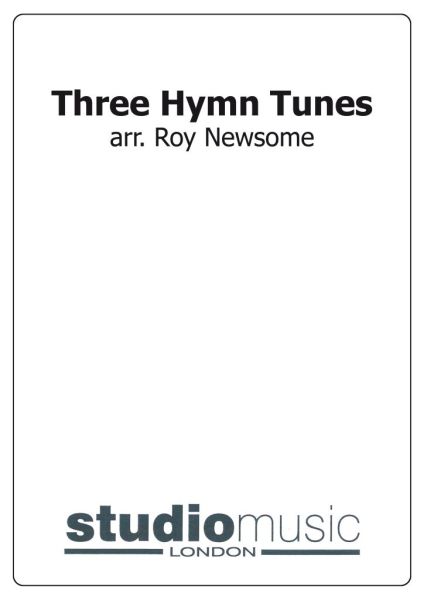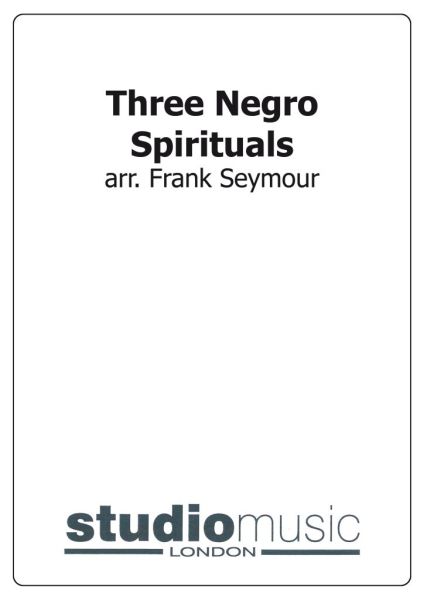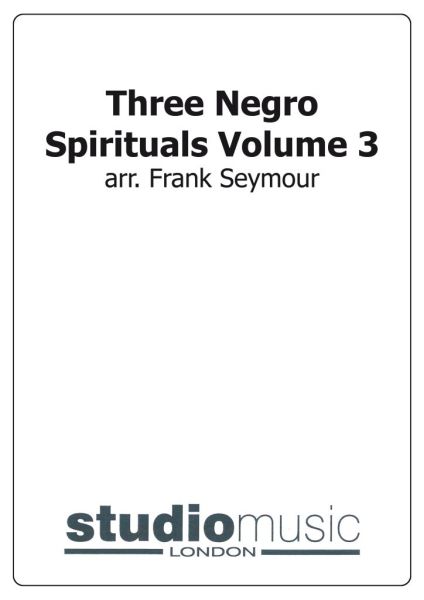Results
-
 £59.70
£59.70Three TV Classics (Brass Band - Score and parts) - Mabon, Cameron
Slightly reduced Brass Band instrumentation (no rep cornet, no 2nd horn, no 2nd trombone part)Includes:The A-TeamJoe 90Hawaii Five-0
Estimated dispatch 7-14 working days
-
 £59.99
£59.99Three Worlds of Gulliver (Overture) (Brass Band - Score and Parts) - Herrmann, Bernard - Stowell, David
Overture from the filmDuration: 3.00
Estimated dispatch 7-14 working days
-
£37.95
Music from the Elizabethan Court (Score Only)
A three movement suite: Earl of Oxford's March; Pavane; King's Hunting Jig.
Estimated dispatch 7-14 working days
-
£37.95
Sinfonietta - The Wayfarer (Score Only)
This work has three continuous movements: Adventure; Exile; Homeward Journey.
Estimated dispatch 7-14 working days
-
 £37.95
£37.95Three Hymn Tunes
Includes: Sandon (Lead, Kindly Light); Aurelia (The Church's One Foundation); Rimington (Jesus Shall Reign).
Estimated dispatch 7-14 working days
-
£74.95
Three Impressions for Brass (Score and Parts)
Great writing and musical imagery for Brass Band - bands will love it and audiences too!Includes: Wylam Colliery 1839; Deserted Farm 1840; The Royal Border Bridge, Berwick Upon Tweed 1859.
Estimated dispatch 7-14 working days
-
£37.95
Three Impressions for Brass (Score Only)
Great writing and musical imagery for Brass Band - bands will love it and audiences too!Includes: Wylam Colliery 1839; Deserted Farm 1840; The Royal Border Bridge, Berwick Upon Tweed 1859.
Estimated dispatch 7-14 working days
-
 £32.95
£32.95Three Negro Spirituals
Includes: Nobody Knows the Trouble I've Seen; Deep River; Swing Low, Sweet Chariot.
Estimated dispatch 7-14 working days
-
 £32.95
£32.95Three Negro Spirituals Volume 3
Includes: I Want to be Ready (To Walk in Jerusalem); Jesus by the Waterside; Heav'n, Heav'n.
Estimated dispatch 7-14 working days
-
 £30.00
£30.00Pioneers
The 19th Century was a time of great pioneering spirit, where developments in industry, and transport were to begin a process, which was to transform societies around the world beyond recognition.In the vast, so-called "New World" of America these changes were exemplified as the railways spread out to reach hitherto remote and largely unexplored expanses.Steve Robson has composed Pioneers as a three movement piece for brass band (also available for brass and percussion ensemble), written in the spirit of John Philip Sousa (1854 - 1932), Stephen Foster (1826 - 1864) and Scott Joplin (1868 - 1917).The three movements consist of:March - The US Marine Band (1880)Spiritual - I'm Lookin' Up To HeavenRagtime - Canonball Rag
In Stock: Estimated dispatch 3-5 working days
